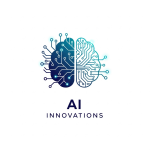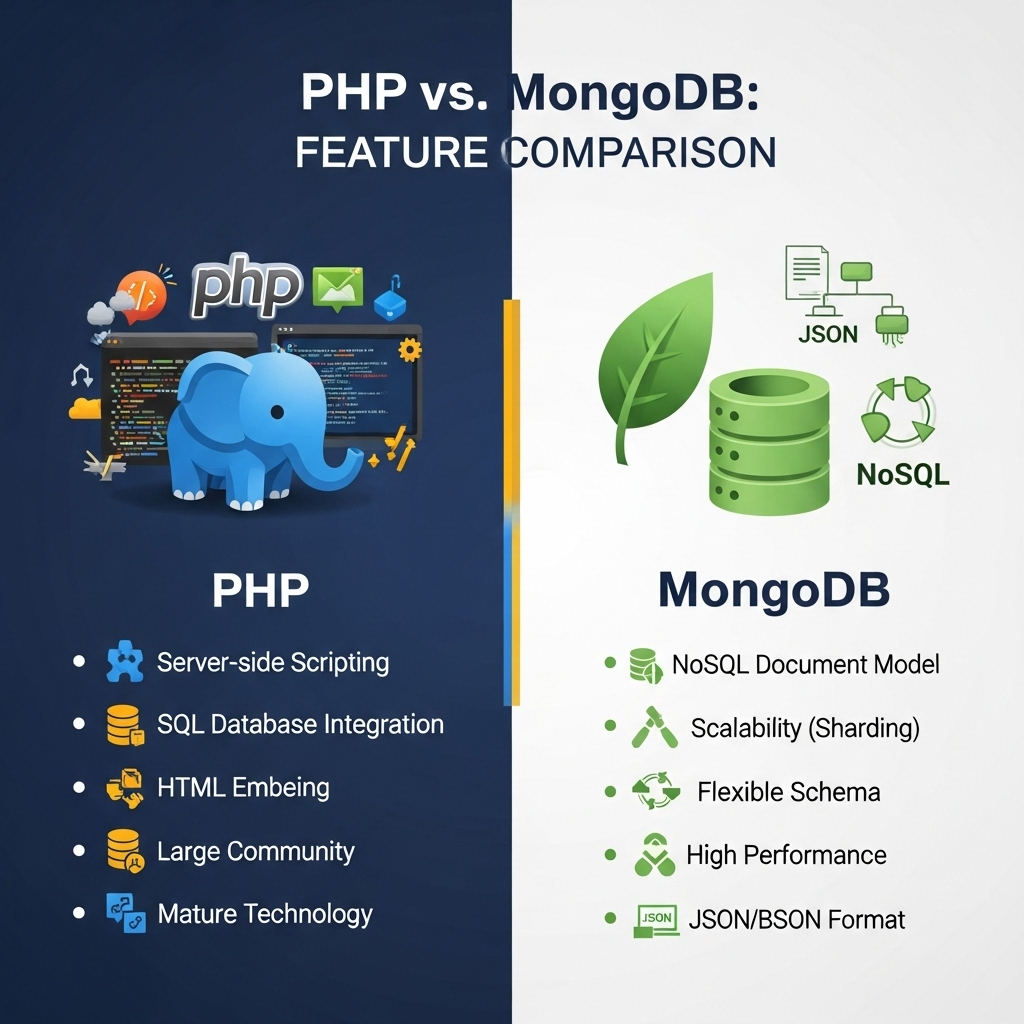
In today’s digital landscape, building a customized blog requires careful consideration of your technology stack. Two critical components that often come into comparison are PHP (a server-side scripting language) and MongoDB (a NoSQL database). While they serve different purposes in application development, understanding their strengths and how they can work together is essential for creating a high-performance, scalable blog.
Understanding the Technologies
PHP: The Veteran Web Scripting Language
PHP (Hypertext Preprocessor) is one of the most widely used server-side scripting languages for web development. Originally created in 1994, PHP has evolved through numerous versions, with PHP 8.x offering modern features like Just-In-Time compilation, attributes, and improved type safety.
Key characteristics of PHP:
- Open-source and platform-independent
- Specifically designed for web development
- Large ecosystem with frameworks like Laravel, Symfony, and CodeIgniter
- Extensive documentation and community support
- Integrates seamlessly with traditional SQL databases
MongoDB: The Flexible NoSQL Database
MongoDB is a document-oriented NoSQL database that emerged in 2009 to address the limitations of relational databases in handling unstructured data. It stores data in flexible, JSON-like documents, making it particularly suitable for content-heavy applications like blogs.
Key characteristics of MongoDB:
- Schema-less design allows for flexible data structures
- Horizontal scalability through sharding
- Powerful querying and indexing capabilities
- Native aggregation framework for complex data processing
- Official drivers for many programming languages, including PHP
Comparing PHP and MongoDB for Blog Development
While PHP and MongoDB serve different purposes (one is a programming language, the other a database), they’re often compared when building modern web applications. Here’s how they stack up in various aspects of blog development:
1. Data Structure and Flexibility
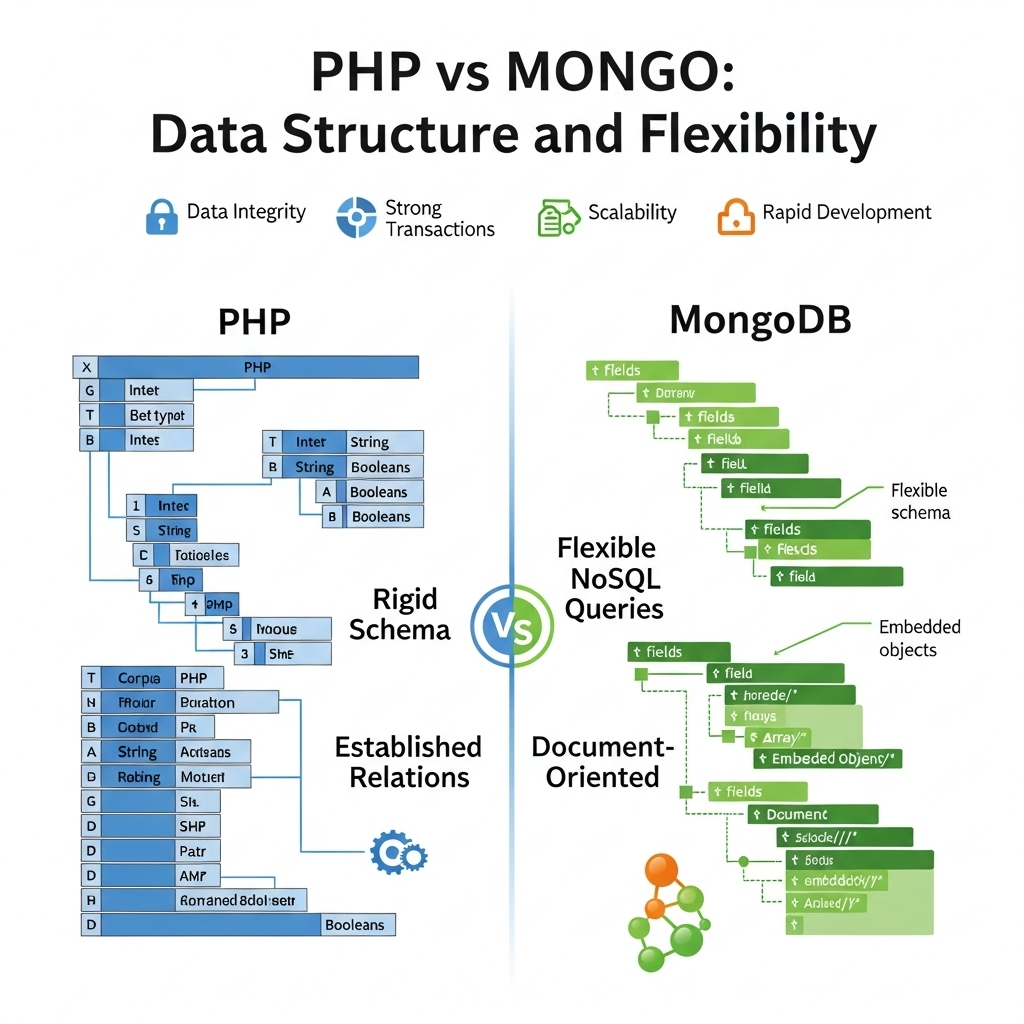
PHP with SQL Databases:
Traditional PHP blogs often use MySQL or PostgreSQL, requiring predefined schemas. While this ensures data integrity, it can be restrictive when you need to add new fields or change content structures.
MongoDB Approach:
MongoDB’s document model is ideal for blogs where each post might have different attributes. You can easily add new fields to some posts without affecting others, making it perfect for evolving content requirements.
2. Performance Considerations
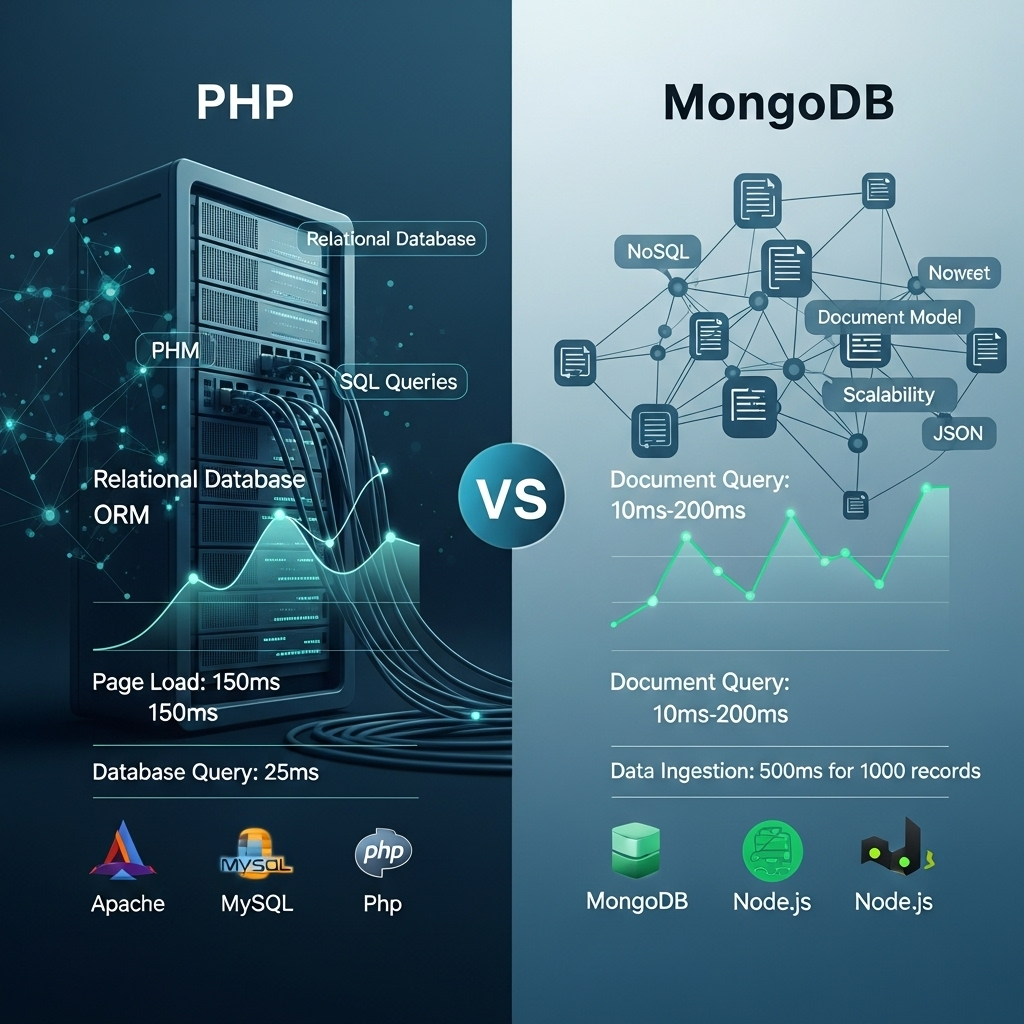
PHP Performance:
Modern PHP (7.x and 8.x) is significantly faster than older versions, especially with OPcache enabled. However, performance often depends more on the database layer in content-heavy applications.
MongoDB Performance:
For read-heavy operations common in blogs, MongoDB’s indexing and in-memory processing can deliver excellent performance. Its ability to store related data together in documents reduces the need for complex joins.
3. Scalability
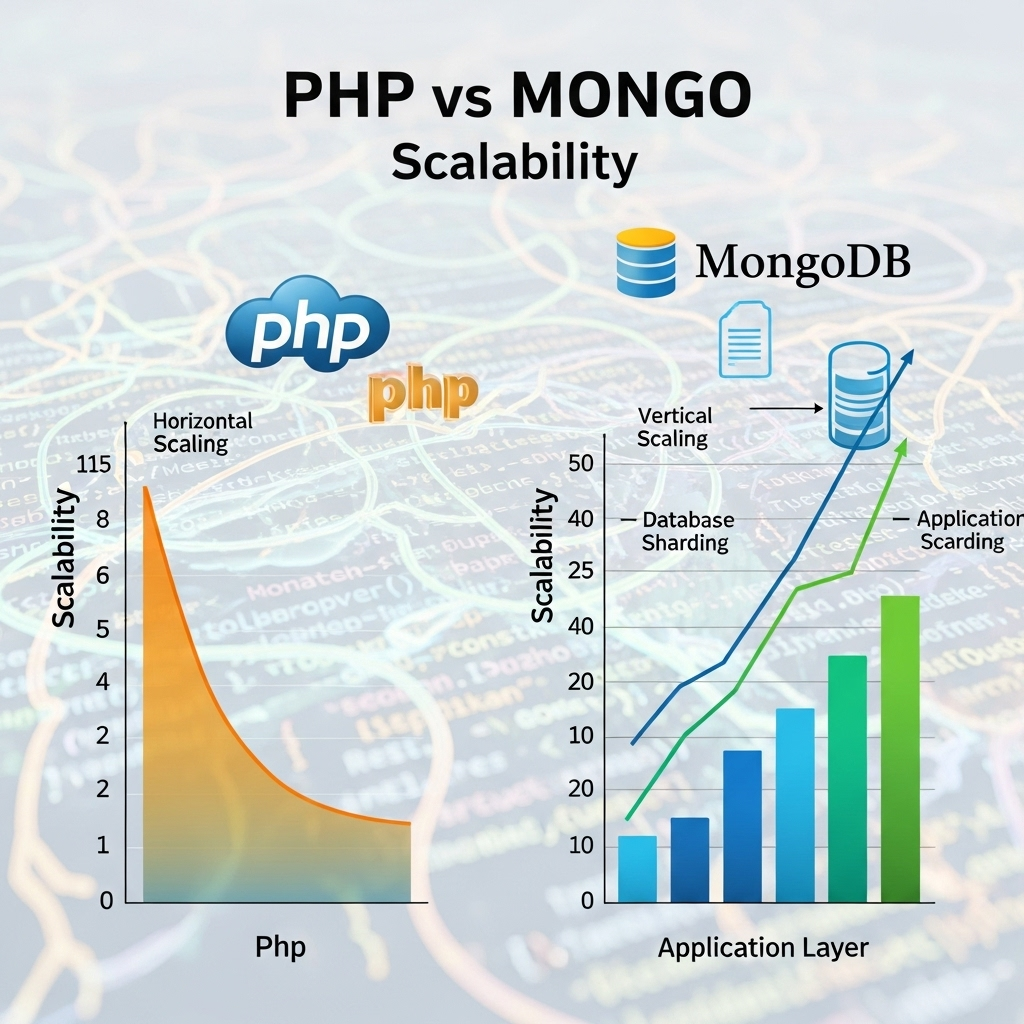
PHP Scaling:
PHP applications scale well horizontally when properly architected. However, traditional LAMP stacks with SQL databases can hit scaling limits due to the relational nature of the data.
MongoDB Scaling:
MongoDB is designed for horizontal scaling through sharding. This makes it particularly suitable for high-traffic blogs that need to distribute load across multiple servers.
4. Development Experience

PHP Development:
PHP offers a gentle learning curve, especially for beginners. The abundance of CMS options (WordPress, Drupal) makes it easy to start a blog quickly.
MongoDB Development:
Working with MongoDB often requires a shift in thinking from relational to document-based modeling. However, for developers comfortable with JavaScript/JSON, the transition can be smooth.
Combining PHP and MongoDB for Blog Development
Rather than viewing PHP and MongoDB as competitors, they can be powerful allies when building a customized blog. Here’s how they complement each other:
1. Using PHP with MongoDB Driver
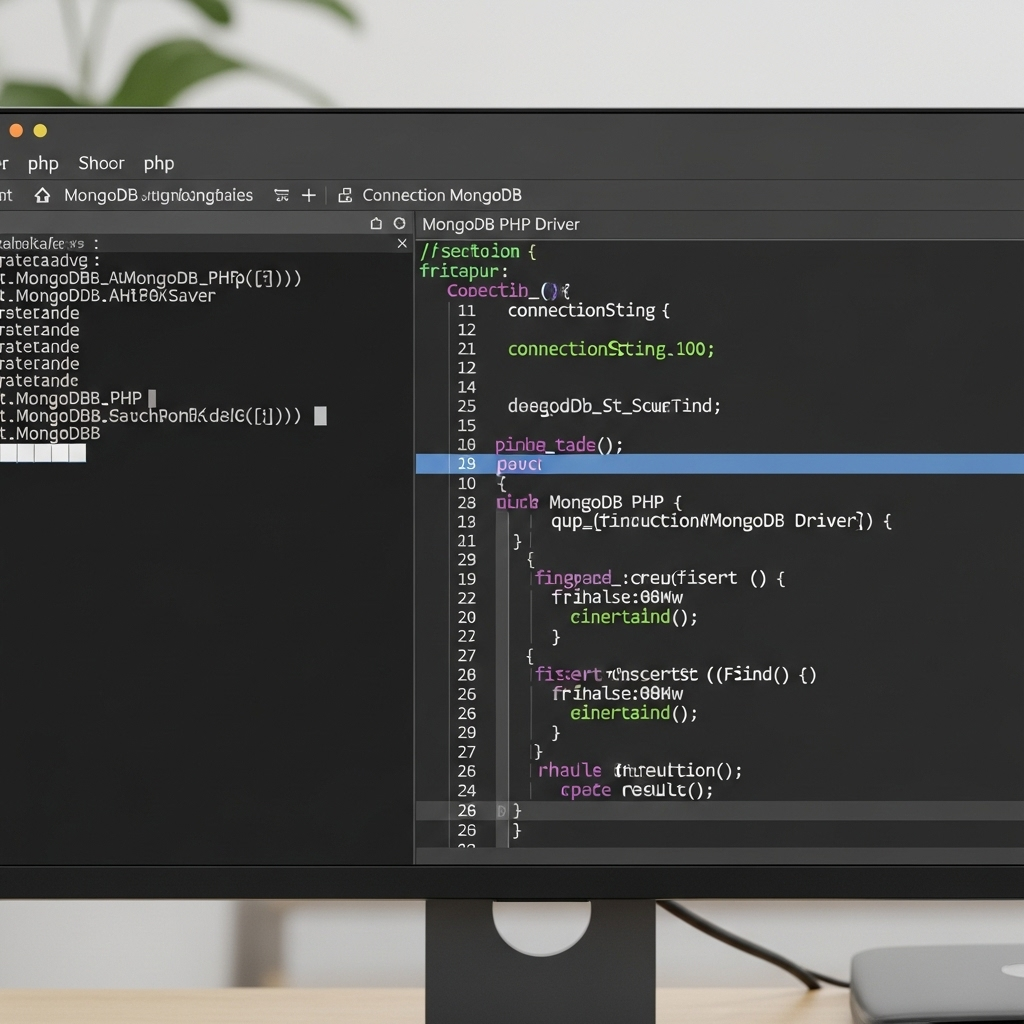
PHP has an official MongoDB driver that allows seamless integration:
php
$manager = new MongoDB\Driver\Manager("mongodb://localhost:27017");
$query = new MongoDB\Driver\Query([]);
$cursor = $manager->executeQuery('blog.posts', $query);
This combination gives you PHP’s mature web development capabilities with MongoDB’s flexible data storage.
2. Popular PHP MVC Frameworks with MongoDB
Several PHP frameworks work well with MongoDB:
- Laravel: Through the jenssegers/laravel-mongodb package
- Symfony: With the Doctrine MongoDB ODM
- CodeIgniter: Via the MongoDB library
These integrations allow you to build structured applications while leveraging MongoDB’s benefits.
3. Content Management Systems
While WordPress traditionally uses MySQL, alternatives like:
- October CMS (with MongoDB plugin)
- Pimcore (supports MongoDB as a data store)
Provide CMS functionality with MongoDB backends.

